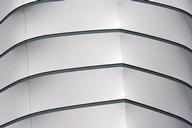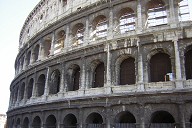A new roof for Verona’s historic arena
The arena in Verona is one of the largest and best preserved amphitheatres dating from Roman times. The city's arena is nearly 2,000 years old and is an important landmark and tourist attraction with the status of a UNESCO world cultural heritage site. The arena, which was built in 30 AD under Emperor Tiberius, is nowadays used for the performance of operas and concerts.
Media
The engineers schlaich bergermann partner (sbp) and the architects von Gerkan, Marg and Partners (gmp) have won the international ideas competition for a roof over Verona's historic arena. The jointly developed design was the winning entry of over 80 competing submissions.
The competition brief was to design a retractable and reversible roof structure which – on the one hand – makes it possible to use the arena during bad weather and protects it against adverse environmental effects, and – on the other hand – respects the historic monument as best possible and interferes as little as possible with the structure and appearance of the amphitheatre. The ideas competition was open to entries from all over the world, and the concept produced by sbp and gmp was successful.
The winning design includes a compression ring which is clearly raised above the arena and holds the retractable membrane construction. The new structure covers the entire area of the amphitheatre in the shape of an ellipse and creates space for additional lighting and state-of-the-art stage technology. An intelligent mechanism, involving a fan-shaped movable cable network and the roofing membrane, protects the entire arena against bad weather, but can also be fully retracted into the compression ring when the weather is more favourable. The roof is closed in a two-step process in which the cables are moved out from their home position in the compression ring and then the membrane is extended along these cables.
Retraction mechanism is completely unique
The designers explained this fascinating retractable construction: this configuration of a retraction mechanism is completely unique and has never been built before. Nevertheless, there are many elements of tried-and-tested retraction mechanisms in completed projects, such as the stadium in Frankfurt and the national stadiums in Warsaw, Vancouver and Bucharest, which can be re-applied and developed in this new configuration for Verona. Winches are used to move the cables from their parking positions to their extended positions along the oval compression ring. Once they are firmly attached in their final position, the cables are hydraulically pre-tensioned in the mechanical part of the parking area. Now the membrane parked in that area can be extended outwards in the shape of a star using radially acting cable winches. A few inches before the end position, hydraulic tensioners engage with the front moving trolleys and apply the required pre-tension to the membrane.
Open-air atmosphere is preserved
In this way the view of the open sky is unrestricted when the roof is open, preserving the open-air atmosphere. From the outside, the structure is barely visible, which means that the historic character of the Roman arena is retained. From a bird's eye view, the closed roof appears like a protective scallop shell that gently covers the historic building.
This innovative design undoubtedly reflects schlaich bergermann partner's experience with moveable structures and retractable roofs for historical buildings such as the Plaza de Toros de Zaragoza, the Palacio Vista Alegre Madrid, both in Spain, and the Arena of Nimes, in France. Italy experienced schlaich bergermann partner's expertise in long and wide span roofs in the collaboration with architect Massimiliano Fuksas in the realisation of the 1,300 m long roof that covers the New Milan Trade Fair, a 4,300 m² free form steel-glass roof surface that connects the exhibition pavilions.
References
Structure Types
Relevant Websites
- About this
data sheet - Product-ID
7467 - Published on:
15/02/2017 - Last updated on:
18/05/2022

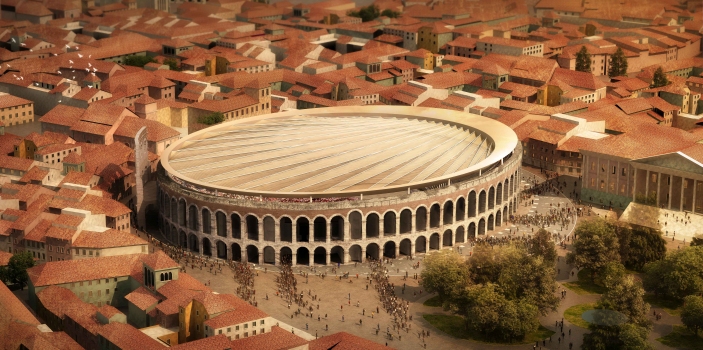
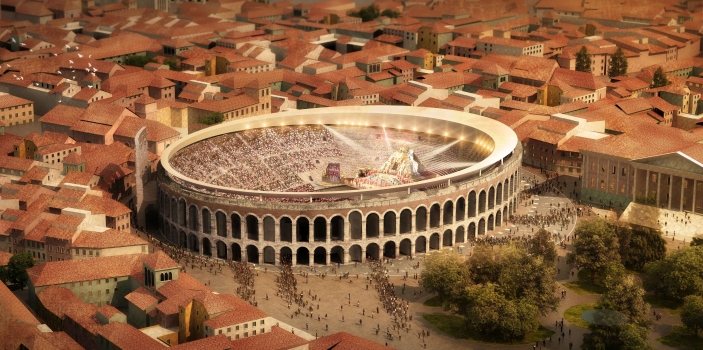
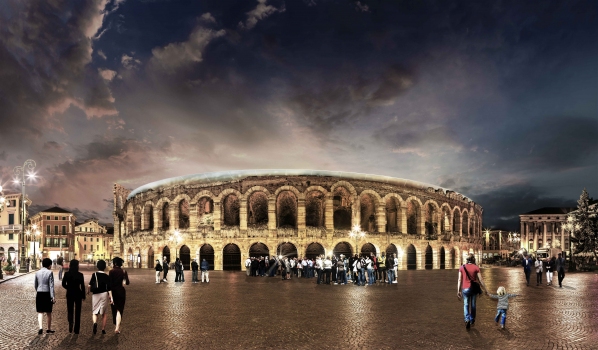
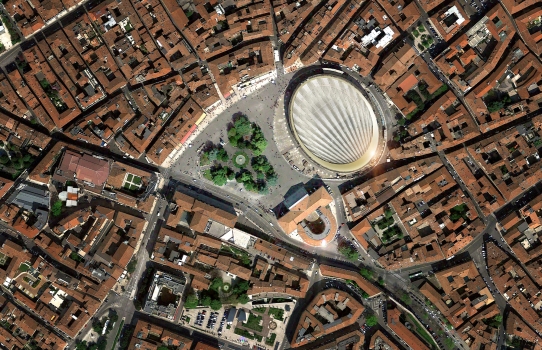
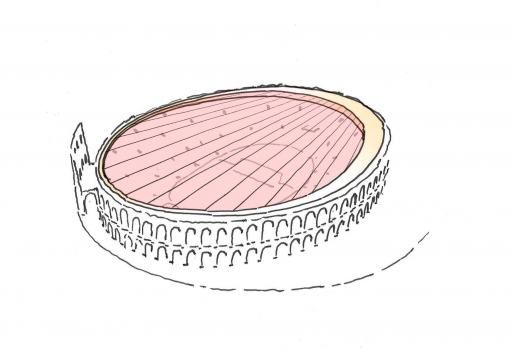
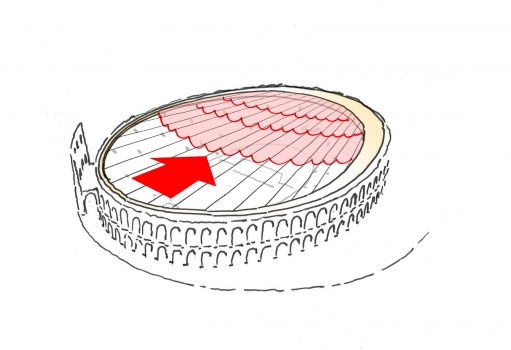
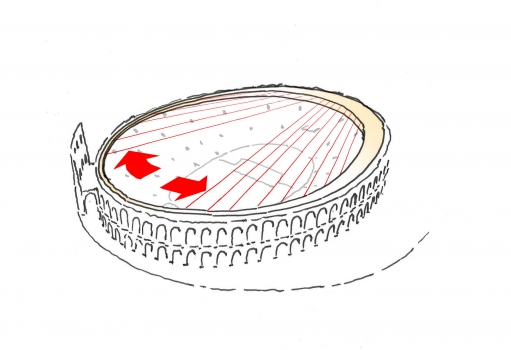
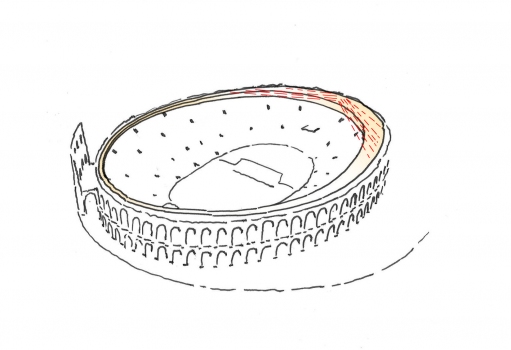
 schlaich bergermann partner
schlaich bergermann partner

